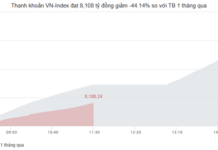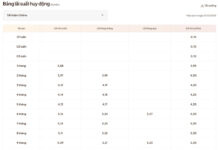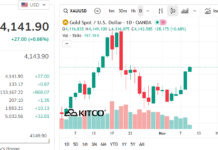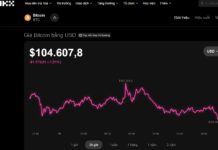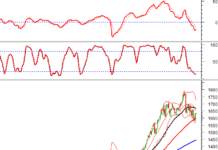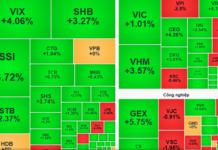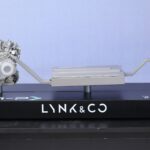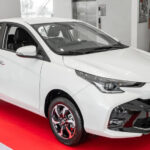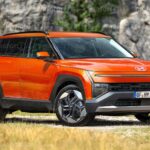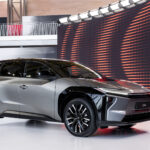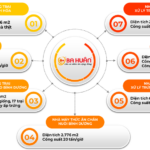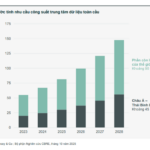
Subaru, the renowned Japanese automaker celebrated for its all-wheel-drive (AWD) systems and focus on SUVs/compact cars, has announced a significant strategic shift: reevaluating its ¥1.5 trillion ($9.9 billion) investment plan in electrification.
Initially geared heavily toward battery electric vehicles (BEVs), Subaru now plans to redirect a portion of this investment toward hybrid technologies and advanced internal combustion engines (ICE). This decision stems from evolving market realities and escalating import costs from the U.S.
Two key factors drive this shift: First, the electric vehicle market’s growth has plateaued, particularly in North America and Europe, where BEV demand is no longer surging as before. Second, Subaru faces mounting pressure from import costs and tariffs imposed by the U.S. on Japanese-made vehicles. The company aims to slash annual costs by ¥200 billion by 2030 to offset these financial burdens.
Subaru’s adjusted BEV investment strategy reflects a nuanced reality: Automakers must balance market shifts with production costs, battery supply chains, component contracts, and local consumer acceptance. Committing entirely to BEVs now would be high-risk for Subaru.
Instead, Subaru embraces a “multi-powertrain” approach, continuing ICE and hybrid development alongside BEVs. This pragmatic strategy ensures stable sales through hybrids while keeping BEV options open for more favorable conditions. Hybrids, favored in Japan and Europe, will receive increased investment over purely electric models.
“The four electric models planned for launch by 2028 will face slight delays due to current market conditions,” explained Atsushi Osaki, Subaru’s CEO.

This shift presents challenges. Subaru must ensure its new hybrid and ICE models remain competitive in performance, fuel efficiency, and environmental impact, as consumer expectations have risen significantly. Failing to innovate could leave Subaru trailing competitors.
Originally, Subaru planned to invest ¥250 billion ($1.9 billion) over five years to develop and produce electric vehicles, alongside flexible assembly lines for both gasoline and electric models. Starting in 2025, electric vehicle production will commence on shared lines at the Gunma plant, currently assembling the Outback, Forester, and Crosstrek. A dedicated EV line is slated for post-2027, contingent on battery technology and market maturity.
“The next five years, through 2028, are critical for achieving our goals,” emphasized Atsushi.
Subaru aims to be among the first Japanese automakers to produce EVs domestically for export to the U.S., which accounts for over 70% of its global sales. This move also reduces reliance on Toyota, its partner in developing the Subaru Solterra, the brand’s first EV. Subaru targets 100% electrification of its lineup by the early 2030s, encompassing both hybrids and full EVs.
Despite a clear vision, Subaru proceeds with characteristic caution. Rather than an all-in bet on EVs, the company opts for gradual progression, maintaining hybrid sales to ensure stability. Given fluctuating global EV demand and charging infrastructure, this “steady-wins-the-race” approach suits Subaru’s smaller scale compared to giants like Toyota or Honda.
Sources: Nikkei Asia, Reuters
The Fierce Auto Price War Rages On Post-Ghost Month
To boost sales following a sluggish period, leading automakers including Toyota, Honda, Hyundai, and Mitsubishi have collectively rolled out price reductions on their flagship vehicle models throughout October.
“Contrarian Chairman Akio Toyoda Proves His Point on Hybrid Vehicles: Major Automakers Scaling Back on Electric Cars, the Rise of Hybrids Begins.”
The pursuit of electric vehicle dreams is no longer a priority for some automakers, with Honda being a notable example of a company that has officially stepped back from this ambitious goal.





